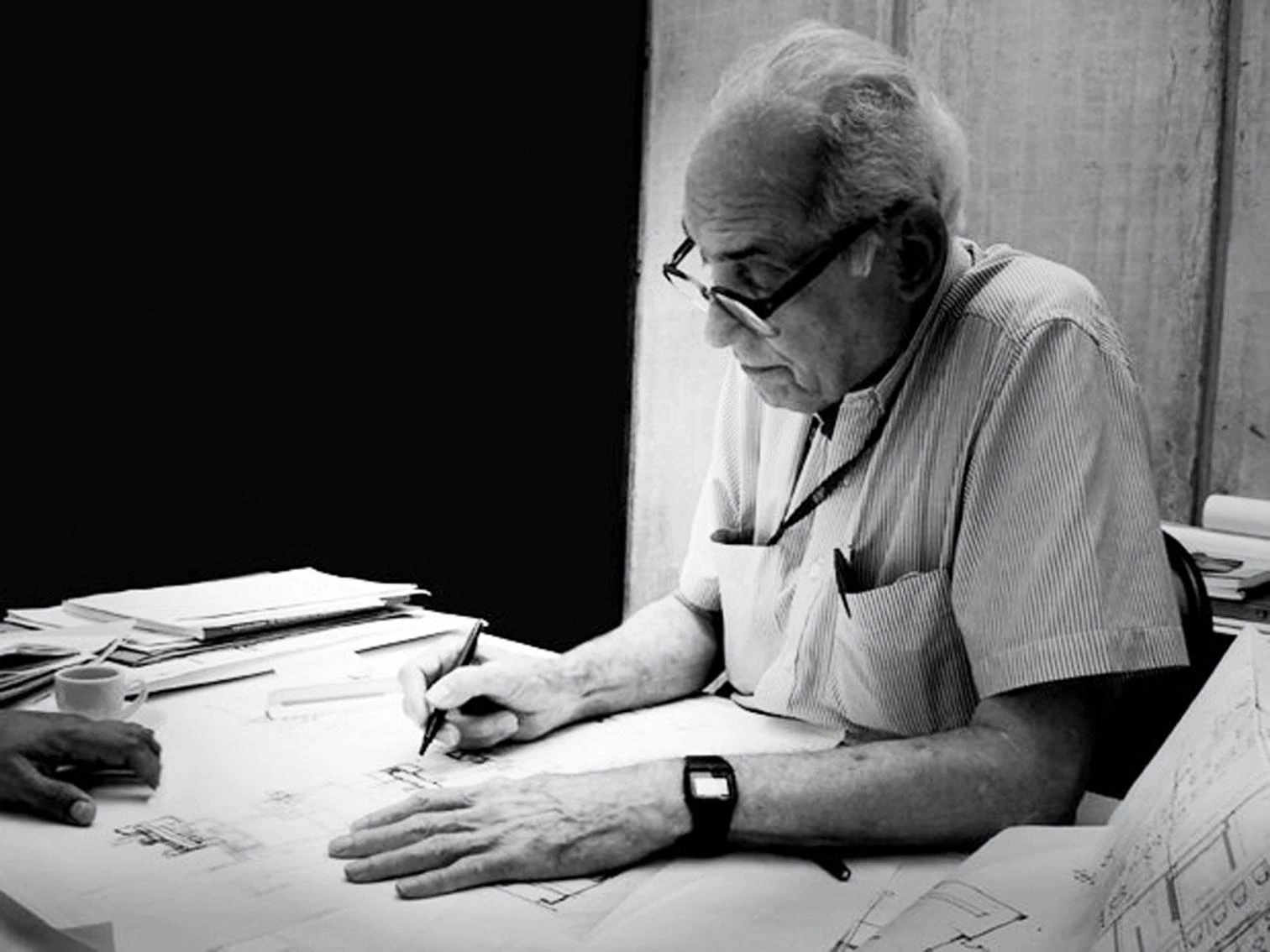
He wasn’t as well-known worldwide as Niemeyer and wasn’t an intellectual referent like Costa; he didn’t have disciples like Artigas, or the international prestige of Mendes da Rocha or Bo Bardi, but João Filgueiras Lima, nicknamed Lelé, was admired by his Brazilian colleagues just as much as those mentioned before. In Lelé they saw a moral referent for his courage to face the social problems of his country using formal research and industrialization as tools. To a great extent, this fate was decided while working as an architect in Niemeyer’s buildings for Brasilia, and mostly in his projects to transform the favelas, where he developed light and inexpensive pieces of reinforced concrete whose patents were the origin of the public factories he set up and directed during many years. This was the technological basis for his main works, those of the Rede Sarah of hospitals, where industrialization joined forces with a powerful aesthetic and with the use of passive bioclimatic systems. His final years were sad: unfairly accused of charging excessive fees in a project, Lelé, suffering from cancer, spent his last days in endless and fruitless meetings with lawyers.





